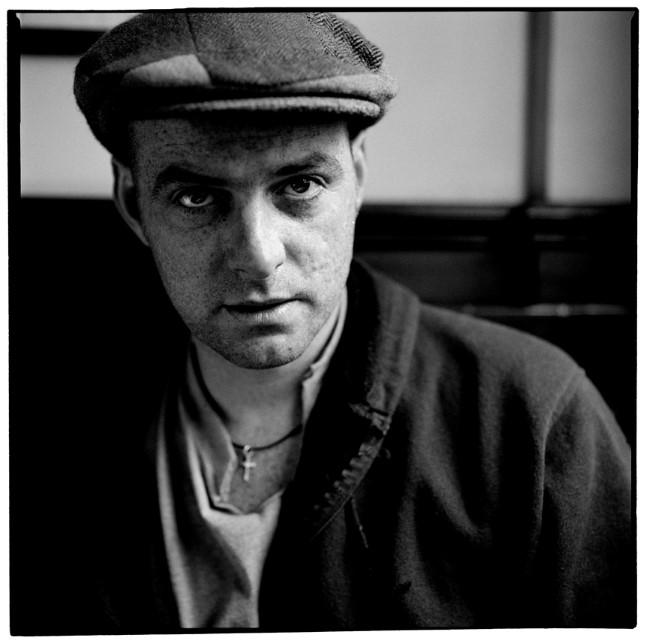Article Review: Translation through the Macaronic: Gearóid Mac Lochlainn's Sruth Teangacha / Stream of Tongues
The article “Translation through
the Macaronic: Gearóid Mac Lochlainn's Sruth Teangacha / Stream of Tongues”
primarily addresses the struggle that Gaelic poets face in deciding whether to
translate their works into English or to publish their works exclusively in
Irish. This issue is analyzed through the scope of Mac Lochlainn’s work as an
author and his decision to offer English translations with some of his later
works.
The primary argument that is made in favour of offering English translations to
the works of Irish authors is that the potential readership is expanded greatly
by using a more widespread language. By utilizing the English language to gain
popularity and readership of their work, many Irish authors are worried that
their work will lose authenticity by accepting “the colonial tongue that has
almost supplanted their language.” However, in using English translations and
publishing their works in dual-language editions, authors can appeal to readers
who have some level of competency in Irish and those learning the language who
would otherwise be incapable of accessing such work due to their level of
Irish. This trade off that faces poets, such as Mac Lochlainn, who choose to
write in Irish and contemplate providing English translations is frequently
referred to as their “Catch 22”. As a result of evaluating this issue, modern
Gaelic poets commonly incorporate the English language, and even go so far as
to alternate languages, in their readings of their works. This is due to these
authors acknowledging the benefits of the exposure and inclusion of those who
are not fluent in Irish. There remains a high degree of caution exercised in
this practice amongst the Gaelic poets. This issue has been addressed
specifically by Mac Lochlainn by incorporating the English language into his
performances so as to create a form of artwork which draws from a variety of
other foreign traditions and cultures in an effort to incorporate the use of
the English language in a more meaningful and artistic way. However, like many
other Gaelic poets, Mac Lochlainn faces still faces issues of writing in a
language that is not his first language, despite the fact that he embraced
Irish relatively early in his life. Additionally, Mac Lochlainn finds value in
the combination of various traditions which have been historically oppressed,
more specifically in his fusion of the Gaelic poetry and Reggae music
traditions. Lastly, Mac Lochlainn is also faced with the issue of how to
address the movement of music and performance onto a more digital platform. The
struggle that he faces in this realm is the manner in which he wishes his
performances to be experienced as he is opposed to the idea of having silence
in the background of his work and wishes instead for the atmosphere to be more
encompassing. To combat this, he records his work in areas in which in would be
traditionally performed, such as on the streets of Belfast or in a pub, as
opposed to in a typical recording studio.
Ultimately, Mac Lohlainn establishes and differentiates himself from other
artists not only in his utilization of the Irish language and incorporating of
English translation, but also in the variety of ways in which he incorporates
other traditions and uses uncommon techniques in his performances, in addition
to performing in areas which he believes lend more authenticity to the works
that he creates. However, the struggle that Irish authors face in their limited
following of fluent Irish speakers remains as one that must be addressed on an
individual basis.

Gearóid Mac Lochlainn
Comments
Post a Comment